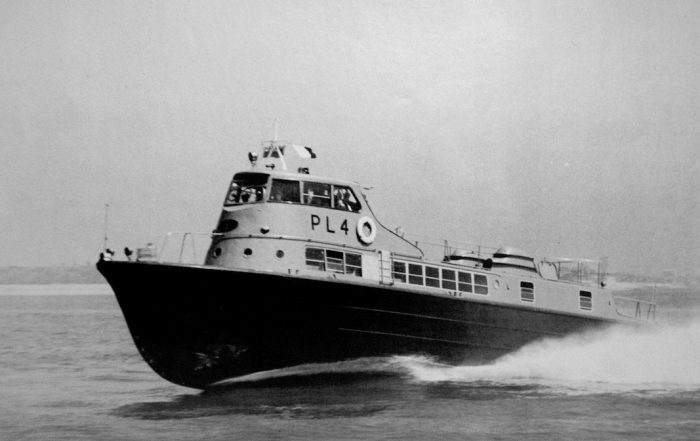Napier Marine Engines – Introduction
The Napier name had been associated with marine engineering long before Montague Napier first became involved at the turn of the 20th Century. Montague Napier’s Great Great Grandfather was Robert Napier (born 1726) and a blacksmith. He had four sons all of whom were engineers or iron masters along the banks of the River Clyde. The first, John (born 1752) had a son David Napier (not ours, born 1790!!) who became the famous Clyde steamship builder and marine engine designer who later moved to Millwall, London on 1836. Robert’s second son was David (born 1756) became an iron master near Glasgow. His third, Robert Napier (born 1760), became Smith and Armourer to the 5th Duke of Argyl at Inverary Castle around 40 miles from Dumbarton. His son, named David (born 1787), eventually moved to London and formed D Napier & Son Ltd. Finally James (born 1764) had a son called Robert who was born in 1790 and became the renowned shipbuilder and engineer titled ‘Robert Napier of Shandon’, based in Glasgow.
D Napier & Son became involved in marine engine production in the early 1900’s when Montague Napier’s business partner S.F. Edge became interested using Napier engines to power motor launches. By the late 1890’s Sam Saunders was in the business of constructing electric and steam driven fast launches at Goring and later Cowes on the Isle of Wight. In 1901 Edge commissioned the Saunders Patent Launch Building Syndicate Ltd to build him a launch fitted with a Napier 4-cylinder 16 hp engine. Two years later in 1903 Edge decided that the Napier company would gain a lot of publicity by competing in (and winning) the Harmsworth Trophy, the world’s first international motorboat race. Edge entered the appropriately named ‘Napier’ a 40′ all-steel hulled vessel fitted with a big four-cylinder Napier engine giving 75 HP at 800 rpm. On 11th July 1903 ‘Napier’ won the final 8.5 mile race from Queenstown to Cork and the Cup with an average speed of 19.53 mph. Edge and therefore D Napier & Son were also credited with the world water speed record continuing the trend for Napier’s dominance on land, sea and in the air.
Napier engines for marine use continued and in 1934 Scott-Paine’s British Powerboat Company marinised the Napier Lion XIA engine becoming the 500 HP Power-Napier ‘SeaLion‘ engine. By 1938 more than 200 engines had been fitted in vessels but, by the end of the war, over 2,000 were used by the Navy, Army and Air Force.
One problem with the SeaLion and other engines fitted in high speed vessels during WW2 was the fact they were fuelled by petrol. A committee’s formed under the chairmanship of Sir Roy Fedden to find a diesel engine replacement for the next generation of Motor Torpedo Boats. The eventual result of ‘The Fedden Report’ as it was coloquially known at Napiers was that Napier Deltic engine design was chosen.
Follow the links below for more details.
Recent posts
PL4 – A Bigger and Faster Boat for Shell
This is an edited article originally from ‘This is Napier’ No.5 1959 During 1957 the Compania Shell de Venezuela took delivery of three high-speed passenger launches for service on Lake Maracaibo between land bases and [...]



